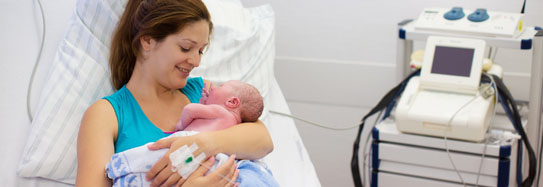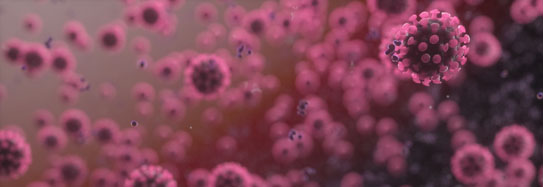Vaccines are medications that stimulate your immune system into producing antibodies against specific germs.
There are different types of vaccines, which trick your body into thinking it was infected with this germ before.
The vaccines most people are familiar with are made with weakened or dead organisms of a particular virus. These organisms can’t make you sick, but they imitate the viral infection, causing your body to think it’s developed the illness. Your immune system responds to the vaccine by producing t-lymphocytes (also called t-cells) and antibodies. The t-cells circulate in your blood system looking for abnormalities or infections. The t-cells then “recruit” the antibody-producing lymphocytes and plasma cells.
Once your immune system detects the organism, it makes antibodies to destroy the “invaders.” This leaves your body with a memory of how to fight off that particular illness should you encounter it again. These vaccines are available by injection, by mouth, or by nasal spray, depending on the vaccine.
Inactivated vaccines
Inactivated vaccines are those made with dead germs. The most commonly given vaccines using an inactivated microbe are for preventing:
- Hepatitis A
- Influenza (injection only, not the nasal formulation)
- Polio (injection only, not the oral formulation)
Live-attenuated vaccines
More vaccines are made with weakened forms of the microbes. Attenuated means weakened. The most commonly used live attenuated vaccines include:
- MMR (for measles, mumps, and rubella)
- Rotavirus
- Smallpox
- Chickenpox
- Yellow fever
mRNA vaccines
mRNA vaccines, also called messenger RNA vaccines, entered the public vocabulary as the COVID-19 pandemic raged on. mRNA technology is not new though. Researchers had been working for decades to find vaccines and treatments using mRNA technology, but up to now hadn’t found a good, effective use for it.
Unlike traditional vaccines, mRNA vaccines don’t have any virus form in them. Instead, the vaccine uses genetically engineered mRNA to instruct the body how to produce copies of a protein found on the outside of the virus. Once it’s done its job, the mRNA breaks down. It doesn’t enter the DNA, nor does it alter DNA in the body. It also doesn’t prevent someone from contracting the infection. Instead, the vaccines reduce the risk of severe illness and death.
Conjugate vaccines
Other vaccines, called subunit, polysaccharide, recombinant, and conjugate vaccines are made with parts of microbes, depending on the infection. The most common ones include vaccines against:
- Shingles (herpes zoster)
- Whooping cough
- Hepatitis B
- Hib (Haemophilus influenza type b) disease
- Pneumococcal disease
- Meningococcal disease
Toxoid vaccines
Toxoid vaccines are what the name implies: they contain a toxin or chemical made by bacteria or a virus. The vaccines provide immunity to the harmful effects of the infection, instead of to the infection itself. Vaccines for tetanus and diphtheria are toxoid vaccines.
Viral vector vaccines
The Johnson & Johnson COVID-19 vaccine, which is no longer available in the U.S., used viral vector technology. This technology has been around for a few decades, like mRNA. It involves using a modified version of a separate but similar virus to send messages to the body about how to fight the infection. With the COVID-19 vaccine, the virus vector was an adenovirus, one of the viruses that cause the common cold.





















































